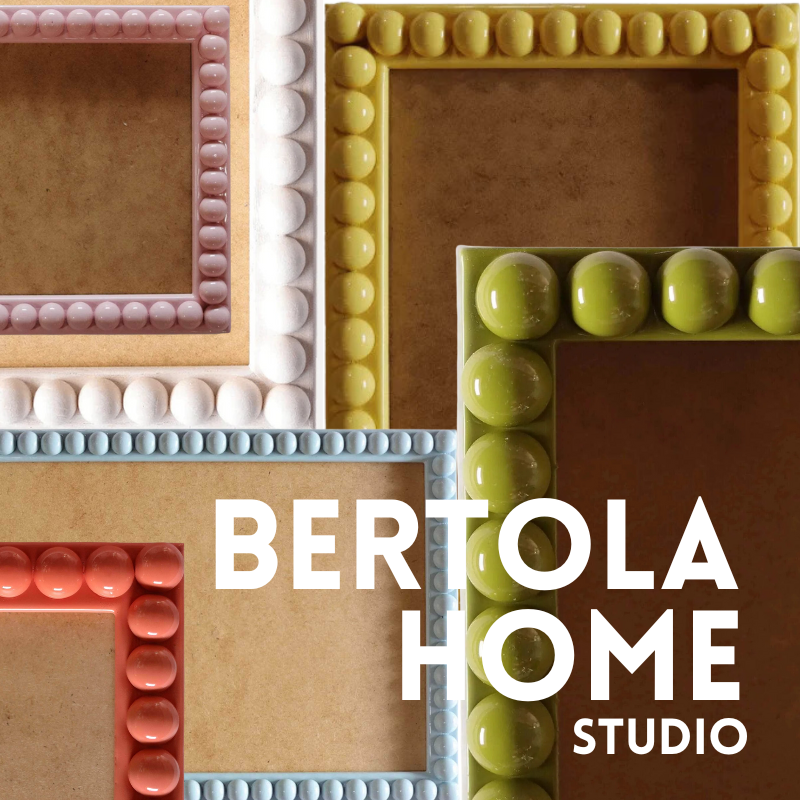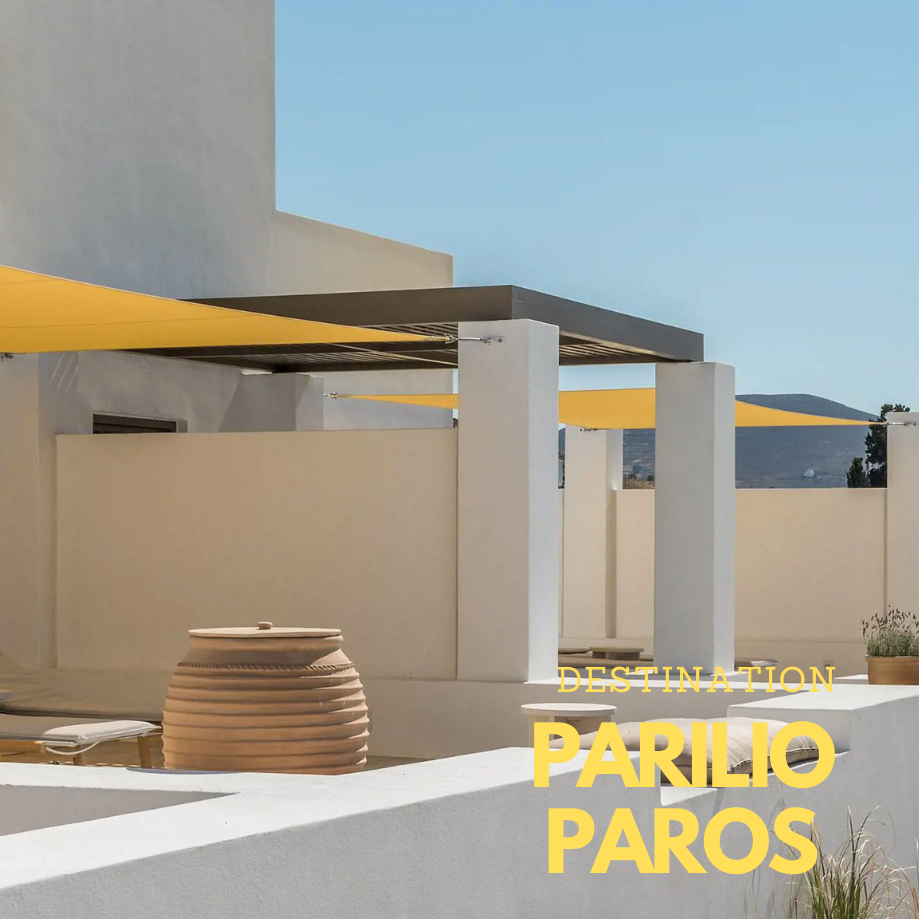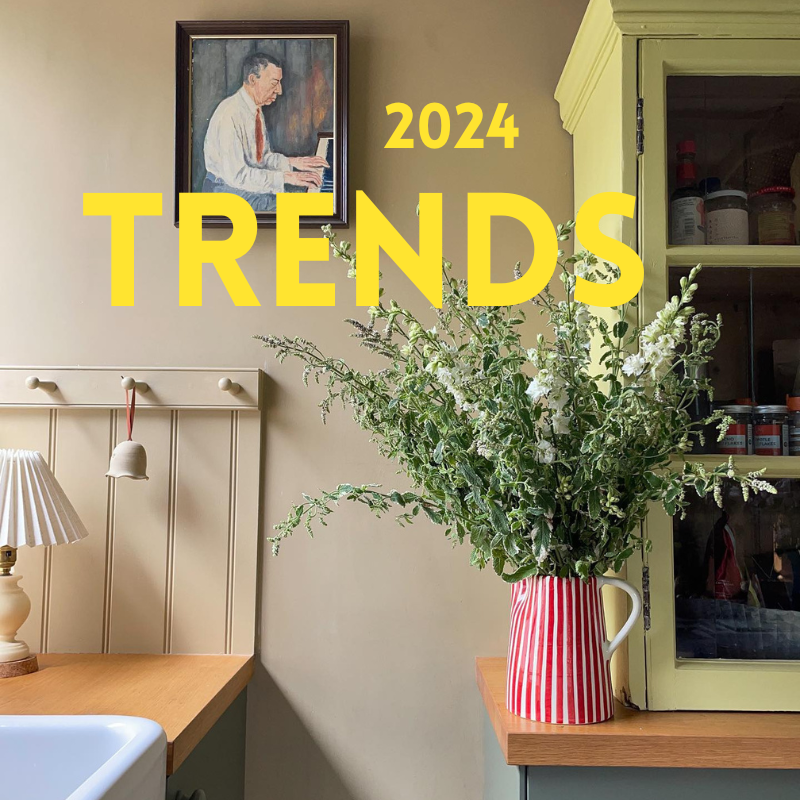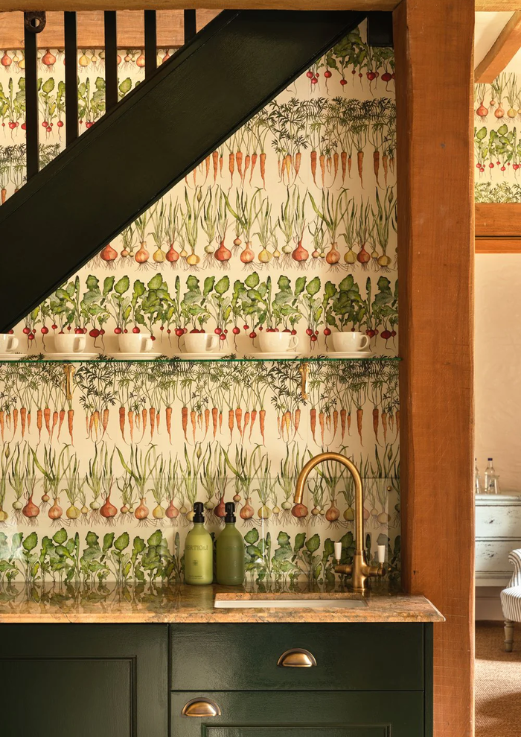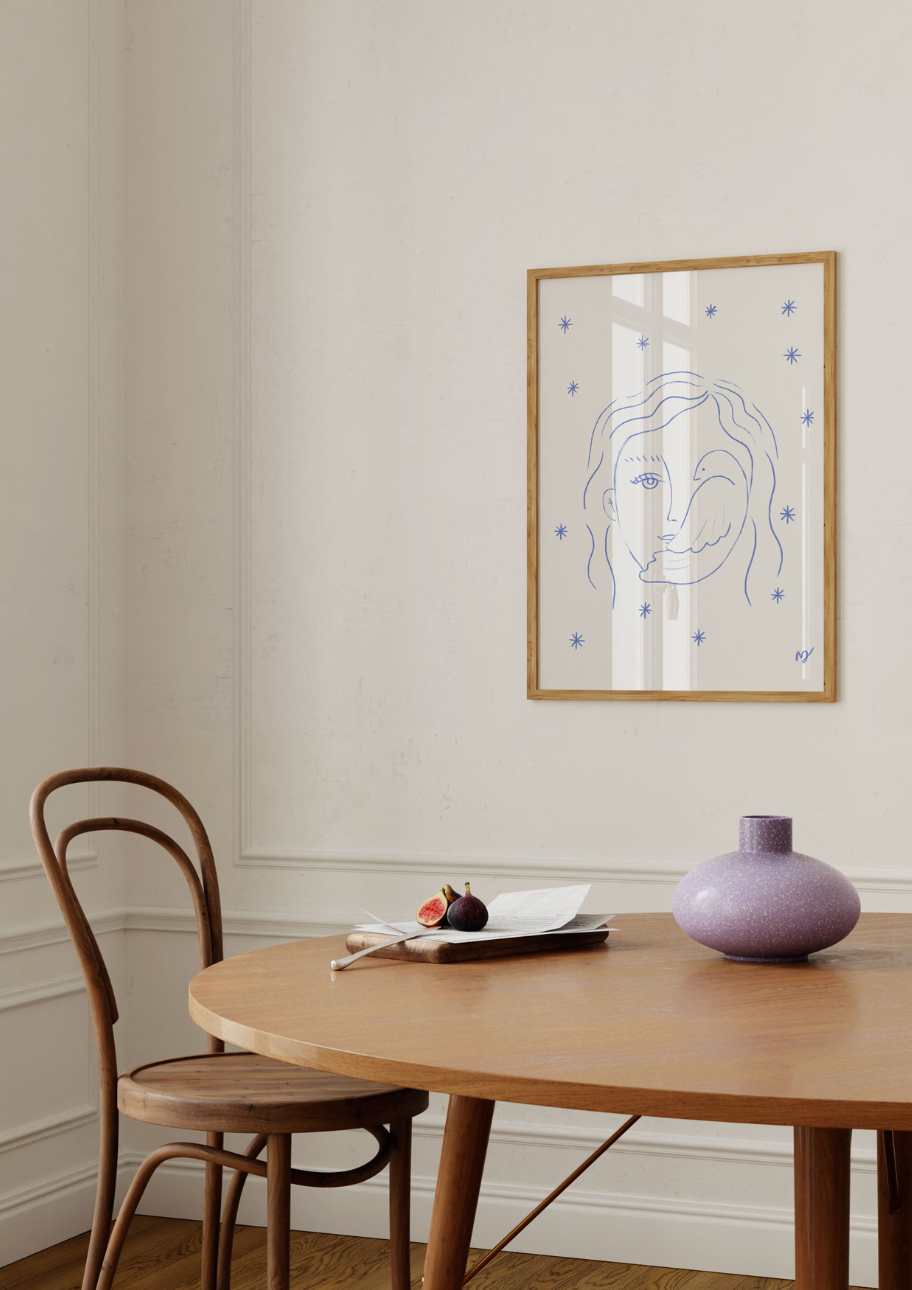This store requires javascript to be enabled for some features to work correctly.
Please note that your order may be subject to additional charges.
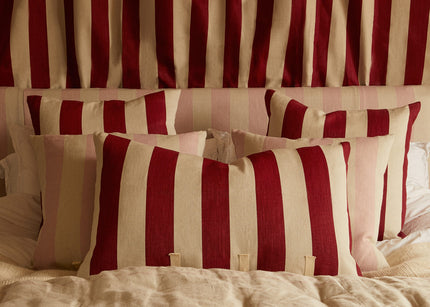
HOW TO
5 ways your home can improve your mental well-being
From Feng Shui to Vastu Shastra, myriad ancient concepts centre around creating harmony in your home through design, but modern scientists are finding more and more evidence that links interior decor and mental well-being. Given that we Brits spend an estimated 90% of our day inside, there’s no better excuse to improve your living space. From lighting to mood-boosting colours, we’ve put together five simple ways to decorate your home for happiness and improved mental health.

1. Let there be light
Not only will plenty of natural light show off your interior design in the best light (no pun intended), but it’s inextricably linked to both mental and physical health; sunlight promotes the release of serotonin, a bodily chemical which plays a key role in mood regulation, sleep, digestion and even healing.
To let more light into your home, consider replacing heavy curtains with sheers in areas such as hallways and living rooms, roll up blinds during the daytime, and position furniture around light sources where possible. If your home hasn’t got a great natural light source, mirrors and lamps are an easy way to bounce light around a space.




2. Bring the outside in
The Japanese practice of Shinrin-yoku, or forest bathing, has become a vital part of preventative healthcare in Japan; it promotes connecting to nature and therefore reduces stress levels and anxiety as well as improves focus and mood. Now, we’re not suggesting planting a forest in your home, but by bringing in organic elements you can reap similar benefits.
Studies have shown that biophilic design, the concept of making greenery a key aspect of a space, has a significant and holistic effect on health. Not only do plants increase air quality through photosynthesis, but they can also boost creativity and productivity.
The simplest way to do this is by incorporating houseplants into your decor; no matter your requirements and green-fingered abilities there’s a plant for every space. In addition, flowers have been shown to boost mental well-being and improve your mood, and who doesn’t like flowers?




3. Year-round spring cleaning
There’s never been a better excuse to have a clear out than in the name of improving your well-being. A cluttered environment is reflective of a cluttered mind and does nothing to promote peace and serenity; having a clean and tidy home is an easy and effective way to lower anxiety and think clearer.
Minimalism isn’t for everyone and undertaking a gruelling massive annual clear-out isn’t exactly a stress-reducing experience, so by tidying as you go and considering your possessions you can save yourself a lot of work in the long run. A great rule of thumb to go by is if you haven’t used something in a year, you don’t need it; similarly, if an item doesn’t bring you joy, get rid of it.
Even if you haven’t got the biggest home, you can create a sense of calm and spaciousness through regular decluttering and clever storage for unsightly but necessary objects.

4. Dopamine decor
The concept of dopamine decor isn’t a new one, but it’s certainly an effective way to inject joy into your home. As a design aesthetic, this concept promotes the use of colour, pattern and objects that please you, therefore increasing the feel-good hormone dopamine and improving your overall mood in the spaces you spend the most time.
Bright colours are an easy way to alter your mood, warmer tones such as yellow, orange and pink evoke happiness and pleasure, while cooler tones such as blue and green promote feelings of calm and relaxation. But even if a maximal, colour-filled scheme isn’t your cup of tea, you can bring joy in small, uplifting ways through soft furnishings, artwork and lighting in ways that suit your style.

5. Create home zones
Ensuring your home has distinct zones for specific functions is an easy way to promote mental well-being in your home from the get-go. It’s hard to relax and switch off at the end of the day in an area which also has the desk and laptop you use to work from home; vice versa, it’s also difficult to be focused and productive in a relaxation space.
If your home layout allows it, creating segmented areas for work, play and rest that are separate from each other can be extremely beneficial to your mental health. However, if you live in a small multifunctional space, you can still achieve this with clever storage solutions such as fold-away desks, drawers, versatile furniture or even by creating strict zones by painting walls.











